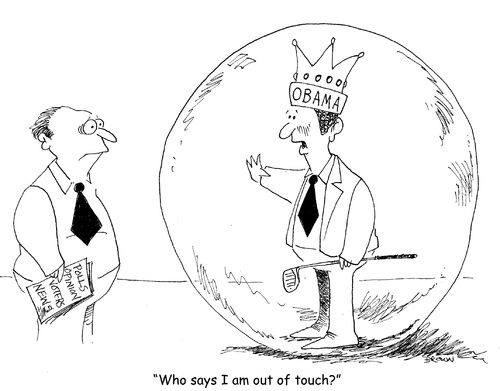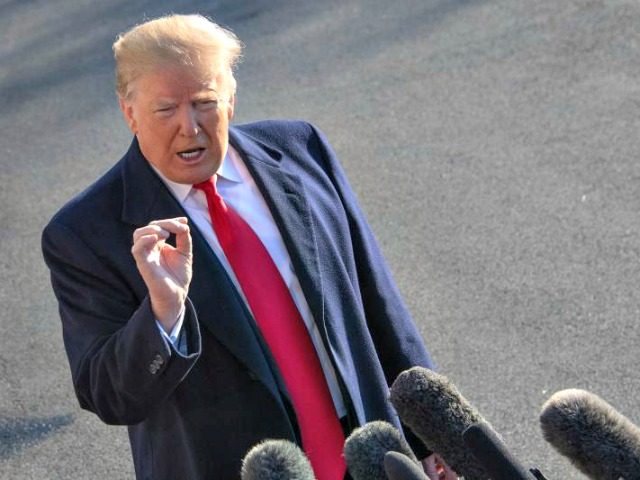CJR: Obama admin surveillance of reporters “broader than previously known”
ED MORRISSEY Posted at 8:41 pm on May 23, 2019
The new indictment against Julian Assange,
as John noted earlier, will no doubt generate accusations that the Trump administration is conducting a war on journalists. For a look at what a
real war on journalism looks like, however, we can turn to
an earlier report today from the Columbia Journalism Review and its analysis of actions taken by the Obama administration seven years ago. It was already widely known that efforts to find leakers in 2012 had resulted in surveillance of reporters by Eric Holder’s Department of Justice.
What wasn’t known until now was the astounding breadth of that effort:
A
new report obtained by the Knight First Amendment Institute at Columbia University and the Freedom of the Press Foundation (where the authors work) under the Freedom of Information Act shows that the DOJ’s actions against the AP were broader than previously known, and that the DOJ considered subpoenaing the phone records of other news organizations, including
The Washington Post,
The New York Times, and ABC News. Moreover, they reveal how narrowly the DOJ interprets the Media Guidelines, the agency’s internal rules for obtaining reporters’ data. …
The report, which was submitted to then–Attorney General Eric Holder in 2013, reveals that the leak probe was broader than previously understood. It reveals, for example, that, while the Justice Department obtained telephone toll records for 21 telephone numbers, the agency in fact issued “30 subpoenas to obtain telephone toll records for 30 unique telephone numbers.” The report reveals that those 30 subpoenas were intended to target seven reporters and editors, and covered a period of six weeks spanning April 1, 2012 to May 10, 2012.
The report also shows that, at least at one stage of their investigation, Justice Department attorneys considered subpoenaing the records of The Washington Post, The New York Times, and ABC News. What’s more, the report strongly suggests that the attorneys went so far as to obtain “telephone numbers and other contact information” for reporters and editors at those organizations who had worked on articles about the Yemen bomb plot. The report records, however, that the attorneys ultimately decided against issuing additional subpoenas.
The report comes from the Office of Professional Responsibility, and consists of fifty-two pages that recount the DoJ’s leak probe, a four-page appendix, and a one-page cover letter that stretches into two pages with signatures. Both the report and the cover letter note that OPR “prepared its report relying on only unclassified documents or unclassified portions of classified documents,” but even a cursory scan shows significant redactions throughout. About half of the cover letter itself is redacted, and even a quarter of the Subject line is blacked out.





